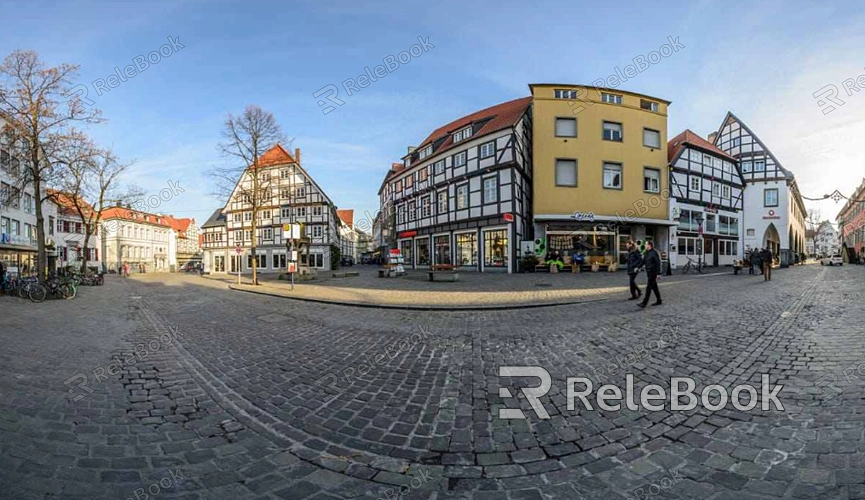How to Check an HDR Image's Pixel Count
HDR images play a crucial role in creating realistic lighting and texture effects for virtual 3D environments. Understanding the pixel count of these images is essential as it directly impacts clarity, rendering efficiency, and overall visual quality. This guide will explore how to check the pixel count of HDR images and provide specific steps and tool recommendations to assist designers in various 3D software applications.

1.Importance of HDR Image Pixel Count
The pixel count is a critical indicator of image resolution, determining the level of detail captured. In 3D software like 3ds Max, Blender, and Maya, designers often work with HDR images of varying resolutions to meet different rendering needs. For instance, higher pixel counts ensure that images remain sharp and detailed when enlarged or used in large surfaces, such as when creating high-quality environmental lighting or backgrounds. Therefore, checking the pixel count helps designers choose the most suitable image for specific rendering tasks.
2.Checking Pixel Count with 3D Software Features
Most 3D software includes built-in tools for viewing image properties, allowing designers to quickly determine an HDR image's pixel count.
3ds Max: After loading an HDR image in the Material Editor, you can check the image resolution by looking at the "Bitmap Parameters," which display the image's width and height in pixels.
Blender: After importing an HDR image, you can select the image in the Image Editor and view its attributes. The pixel count is listed under the "Image Size" section in the Properties panel.
Maya: When loading an HDR image in the Texture Browser, the image's size information can be found in the Properties panel, helping determine its resolution.
These methods apply to most common 3D design workflows, providing a quick way to check an image's pixel count.
3.Using Image Editing Software to Check Pixel Count
In addition to 3D software, image editing tools can also be used to check the pixel count of HDR images. These tools often provide more detailed information and advanced features.
Adobe Photoshop: Open the HDR image and navigate to the "Image Size" option in the "Image" menu to view the pixel count and resolution. Photoshop also allows you to adjust the image size to fit specific needs.
GIMP: This free, open-source image editing software also provides a way to view image pixel counts. After opening an HDR image, use the "Scale Image" option in the "Image" menu to see the image's resolution.
These image editing tools not only display pixel counts but also help designers adjust the image resolution as needed to better suit project requirements.

4.Impact of Image Resolution on Rendering
The pixel count of HDR images is closely related to rendering efficiency. High-resolution HDR images offer more detail but can also increase rendering times and resource consumption.
Detail and Clarity: Images with higher pixel counts retain more detail, which is especially important for rendering large or high-precision scenes. This ensures better clarity and sharpness.
Rendering Time: Extremely high pixel counts can lead to longer rendering times, particularly with complex scenes or higher sampling rates. Designers need to balance image quality with rendering efficiency.
Depending on the project's requirements, designers can choose to maintain detail while managing rendering times effectively.
5.Selecting the Right Pixel Count
Different scenarios may require different pixel counts for HDR images. Choosing the appropriate pixel count ensures optimal rendering results while avoiding unnecessary resource use.
Environmental Lighting: For HDR images used in environmental lighting, higher resolutions are generally needed to ensure smooth and realistic lighting effects.
Background Images: For HDR images used as backgrounds, a lower resolution may be sufficient if the image is only visible at a distance, helping to save resources.
Depending on the rendering scene, designers can adjust the HDR image's pixel count to achieve the best visual results and performance.
Whether using 3ds Max, Blender, or Maya, checking the pixel count of HDR images is a fundamental step in ensuring quality rendering results. By understanding how to view and adjust pixel counts in various software, designers can make more informed choices, leading to superior visual outcomes. If you're seeking high-quality HDR images, 3D textures, or other rendering resources, Relebook offers a wide range of options to help enhance your design projects.

